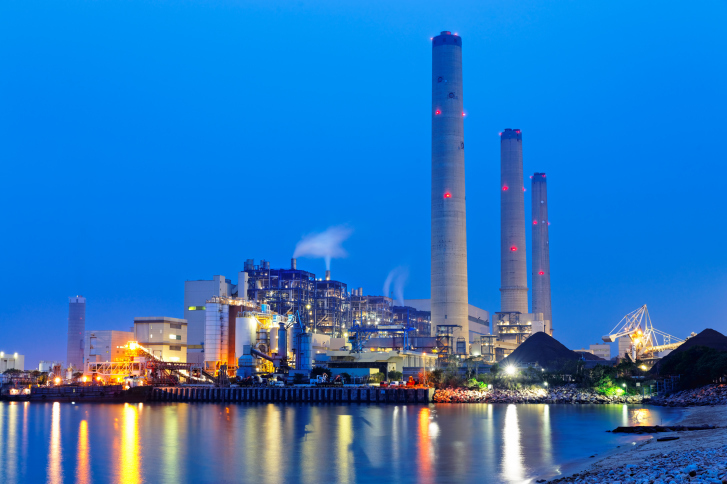Texas’s electric power sector finds itself in the U.S. Environmental Protection Agency’s (EPA) crosshairs once again.
Texas is among more than half the states fighting various new EPA rules including 24 states that have sued to block the Obama administrations clean power plan. Now the state’s power industry faces a new threat with EPA haze rules.
The EPA’s new haze rule is designed to reduce smog and sulfur dioxide emissions from seven of Texas oldest coal-fired power plants in order to improve the visibility in several national parks and wilderness areas, which EPA blames for harming their view shed.
The new rules, finalized October 9, have been years in the making. EPA’s efforts to improve visibility in U.S. parks and wilderness area began with 1990 amendments to the Clean Air Act. Bureaucratic inertia and state opposition slowed the process for more than a decade, with Texas delaying submitted its own state plan to comply the federal haze rules until 2009. The EPA rejected Texas’s plan as being insufficient. As a result, EPA began developing a federal haze implementation plan for Texas, Arkansas and Louisiana, two other states resisting federal haze regulations
The new rules will force seven Texas coal-fired power plants to make more than $2 billion in upgrades to their smokestacks. The rules target four power plants owned by Luminant, Big Brown, Monticello, Martin Lake and Sandow, as well as NRG Energy’s Limestone plant, and Xcel Energy’s Tolk and the Coleto Creek power plants requiring them to either install scrubbers or upgrade their existing equipment.
Texas’s coal power sector is already under pressure from low prices for electricity resulting from the natural gas boom that grew out of the fracking revolution. An early October analysis from Electric Reliability Council of Texas (ERCOT) of the draft the haze rule published by the EPA last year estimated it, when combined with President Obama’s clean power plan, could force the premature closure of as much as 4,700 megawatts of coal fired electric generating capacity, approximately a quarter of Texas’s coal fired power generation. The finalized rule largely follows the draft rule ERCOT analyzed.
Conflicting Views on Visibility
According to the National Park Service, conditions in many national parks are worsening. On its website, Texas’s Big Bend National Park says, “Unfortunately, pollution is destroying the very scenic resources many people seek. Generally, park visitors find moderately hazy views on most days, with poor conditions of less than 30 miles visibility 6% of the time.”
While Luminant said it was still reviewing the final rules, in comments offered by the company concerning the draft rule Luminant stated, the “visibility goals EPA proposes for Texas and Oklahoma are already being met — as evidenced by real-world monitoring data.” Luminant said the haze rule, “goes far beyond the agency’s authority,” requiring “Texas to spend $2 billion for what EPA itself projects would be no perceptible improvement in visibility.”
Texas Attorney General Ken Paxton, like his predecessor Gov. Greg Abbott, has fought federal attempts to impose what his office has argued are overly burdensome environmental regulations on Texas; regulations not justified by the relevant laws. For example in October, he sued the EPA over Obama administration’s clean power plan to cut carbon emissions from the power industry. Various news outlets reported a spokesperson for Paxton said his office was still reviewing the new rules before deciding on a course of action.
H. Sterling Burnett, Ph.D., ([email protected]) is the managing editor of Environment & Climate News.





